The time has arrived. By the time you get this, I should be back in Christchurch. Half our team is already there or on planes heading back to the US. Yes, they were finally able to leave yesterday (Monday) afternoon after a lot of back and forth. First, their original plans got changed as we finished early. Then, with bags dropped off, beds made, and keys returned, they got the call “No flights – bad weather”! Four days of waiting for the weather to calm down followed and then they really made it out.
That’s Antarctica for you. Things change and we have to be ready to adjust.
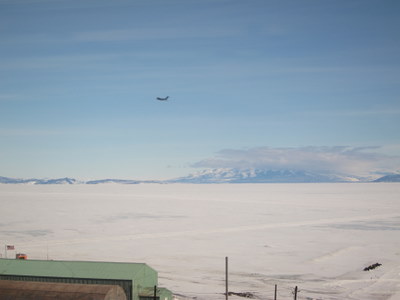
Now, as I write this on my last morning here, we have a plane from Christchurch heading down. It’ll arrive here around 14:15, unload another group of people, and then hopefully head right back with me and 70 others.
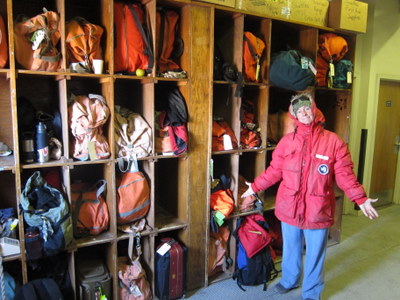
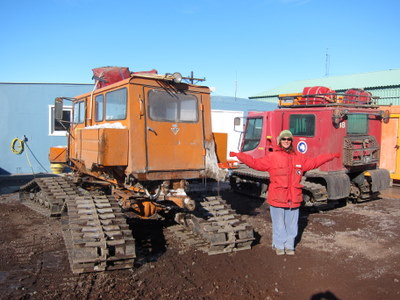
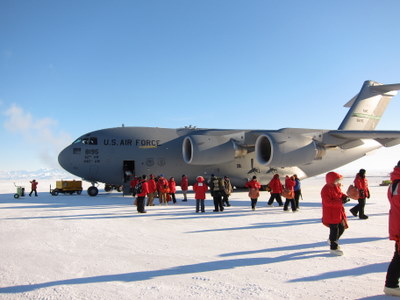
Each trip to one of the dive huts or apples on the ice still struck wonder in me at how we were driving on a barren sheet of ice over hundreds of feet of water teeming with a vivid world of slow -moving, slow-growing critters and creatures that we know so little about. Evening walks to the top of Observation Hill or the longer hikes to Arrival Heights and Castle Rock continually gave me the never-ending perspective of this untouched, unexplored, unknown world. Flying in the helicopter to New Harbor or Bratina Island was eye-opening. Similar to flying from the Bay Area in California, McMurdo is the one human outpost and then there’s nothing but ice! Yet it was so unique with the vast, unexplored mountains on the sides and a blanket of white snow and ice in the middle.
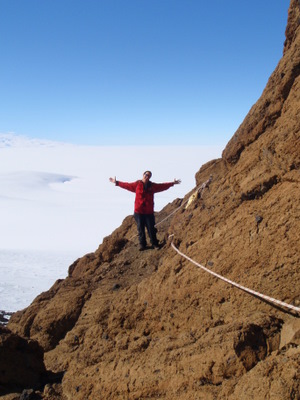
Learning about the science and the community here was just as eye-opening. I was able to see just a tiny, tiny glimpse of it all. There is so much. Biologists, geologists, astronomers, specialists in all areas of science come here. Bringing sophisticated tools like SCINI or using simple everyday things like a ruler and a GPSA Global Positioning System (GPS) is a satellite-based navigation system used to track the location or position of objects on the Earth’s surface., they observe, count, collect, study. Hours, days, months of collecting data gives them material to then analyze. Millions of pictures, pounds of samples, hours of video is then poured over as information is assimilated and in the end, we have one more piece of our puzzle – we understand our world a little bit better. There is so much work involved in finding answers to questions! Sometimes it takes decades and sometimes it takes crazy trips to remote places like this, all so we can understand our world a bit better. Thankfully we have people willing to leave their families for months, willing to live in a tent in Antarctica if that’s what it takes, so as to do their part. But what will we do with this knowledge? What will we do with this increased understanding? Will we improve the way we treat the planet or each other?
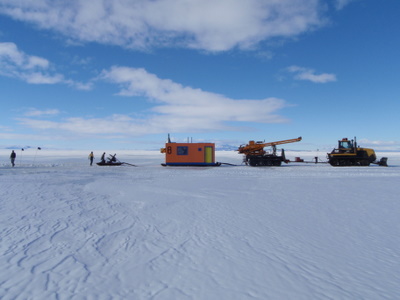
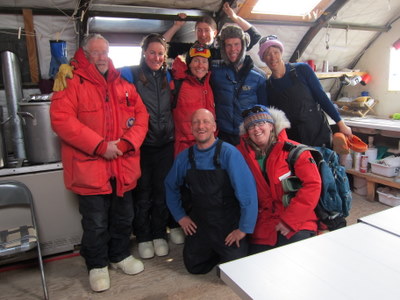
Looking deeper, you see the connection people make to this place as they become lifers – arranging their lives so as to come down year after year. Alternating working in Antarctica for six months with travelling the world for the other half of the year, they lead a most interesting life. Who is now ready for that? Who reading this is intrigued enough to try it – to find a way to come down here to play their part in this communal voyage of discovery.
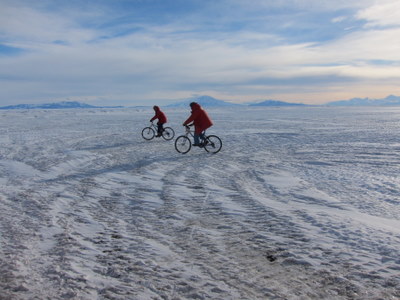
The next days will be interesting for me. There are the everyday things. How long will it take to get used to the warmth of summer in New Zealand? Will I stop and smell every flower as I haven’t smelled one in over two months? Will I devour and cherish the readily available freshies? What will it be like to wear shorts, T-shirts, sandals instead of layers, heavy bunny boots, and a bulky Big Red?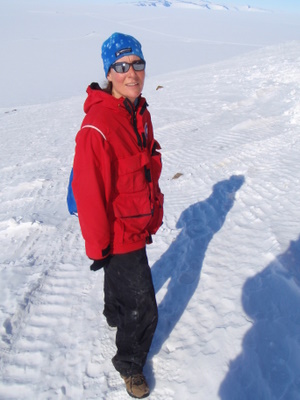
Then there is the bigger picture. What have I, and what have you, dear reader, learned from all of this?
I have gained an even deeper appreciation for information – it takes so much to learn so little. Put the little pieces together and our magical world becomes understood and then we can appreciate it and potentially live in a more harmonious way with it. Our world is beautiful, vast, intricate, and wide open - ready, available, accessible to all who wonder. As the cross at the top of Observation Hill says in memory to Scott and his men who perished on his return from the South Pole, "To strive, to seek, to find, and not to yield"
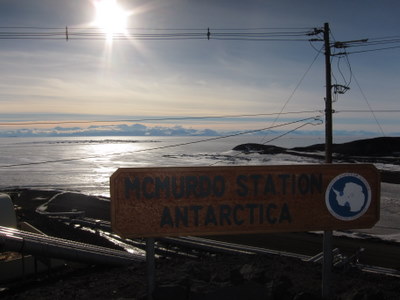
- < prev
- 90 of 90


Comments